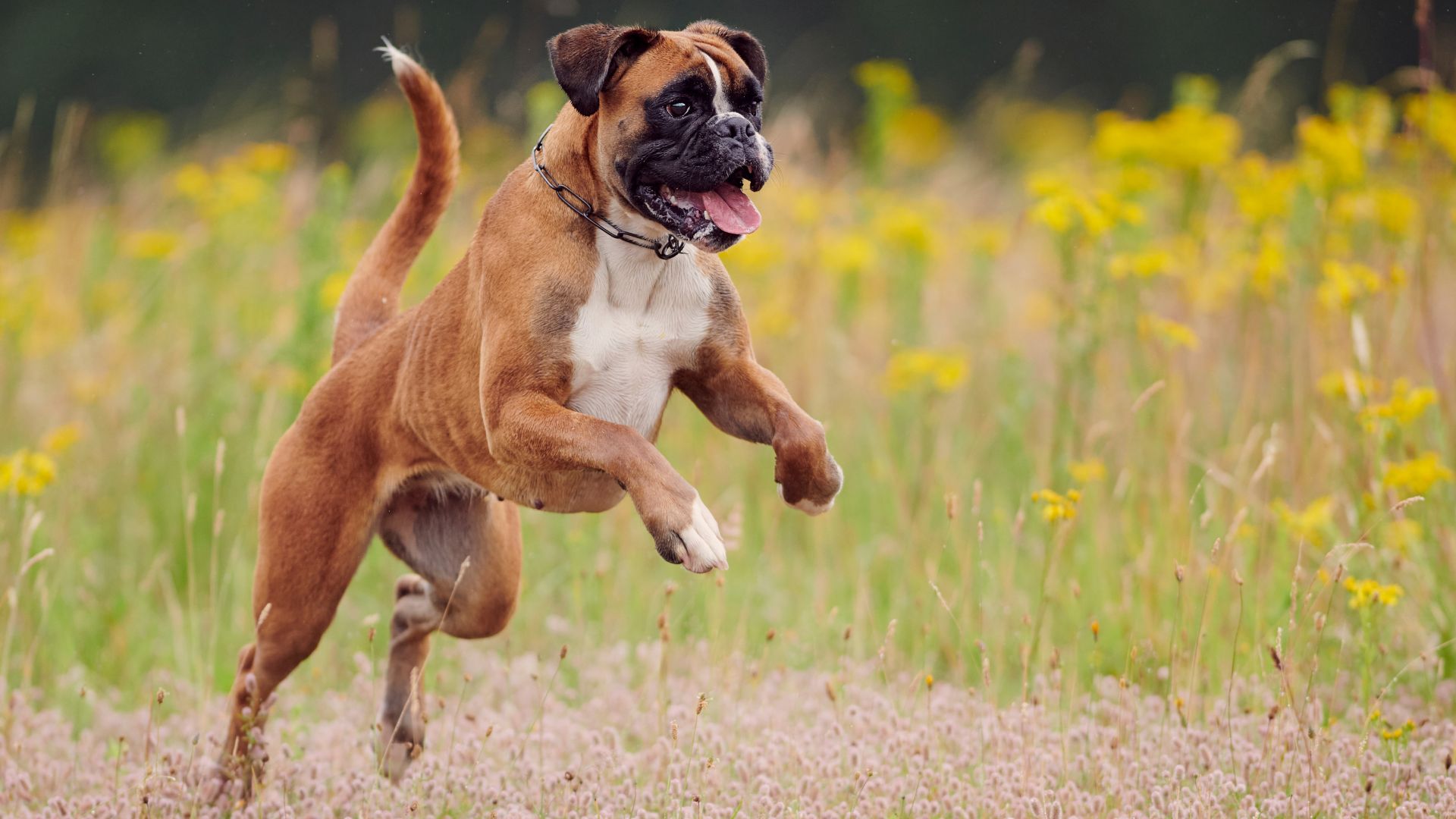Prey drive is hardwired. It’s the instinct that makes some dogs chase, stalk, and hunt—no questions asked. It’s not about aggression; it’s about pure, relentless pursuit.
Unlike aggression, high prey drive isn’t about dominance or hostility. These dogs don’t want to fight—they want to chase, capture, and retrieve. If it moves, they’re on it.
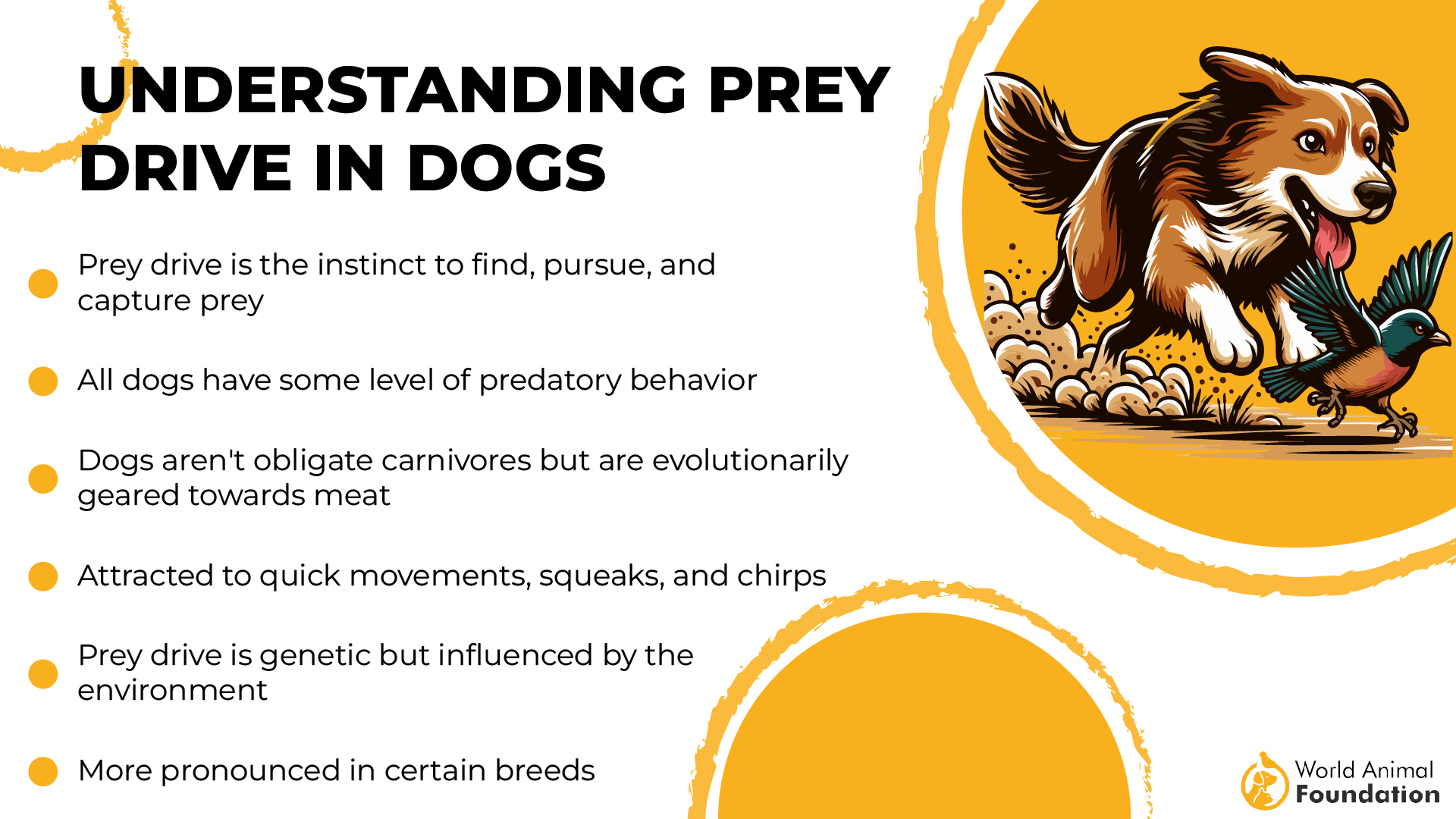
For hunters and active owners, a strong prey drive means loyal, determined, and unstoppable partners. But for families with small pets? Let’s just say, supervision is non-negotiable.
Some of the world’s most legendary working dogs have this drive. Ever heard of a dog outrunning a cheetah? A Greyhound can hit 45 mph—that’s faster than a racehorse!
Think you can handle these powerhouses? Let’s meet the top 10 breeds with an unstoppable instinct to hunt.
10 Strong Prey Drive Dog Breeds
1. Alaskan Malamute
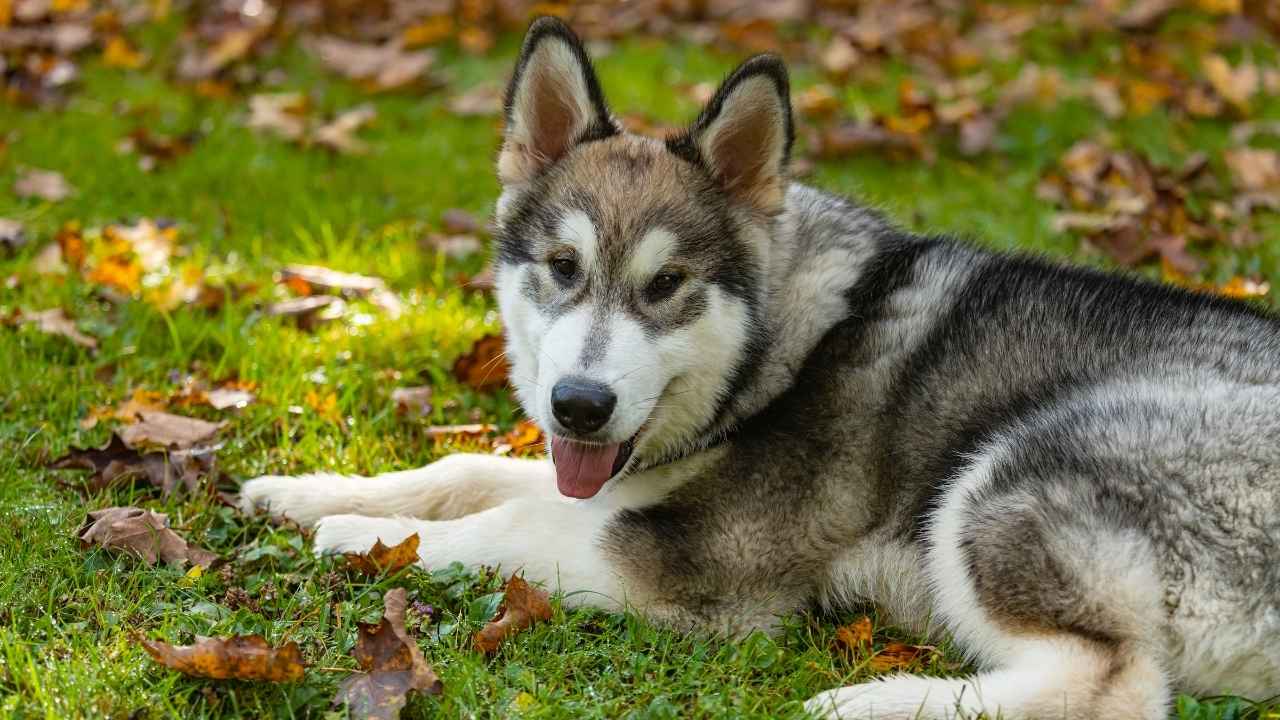
First things first—this isn’t just a sled dog. Alaskan Malamutes pull sleds, but their true power lies in hunting big game like seals and even polar bears. That’s not just prey drive; that’s a survival instinct.
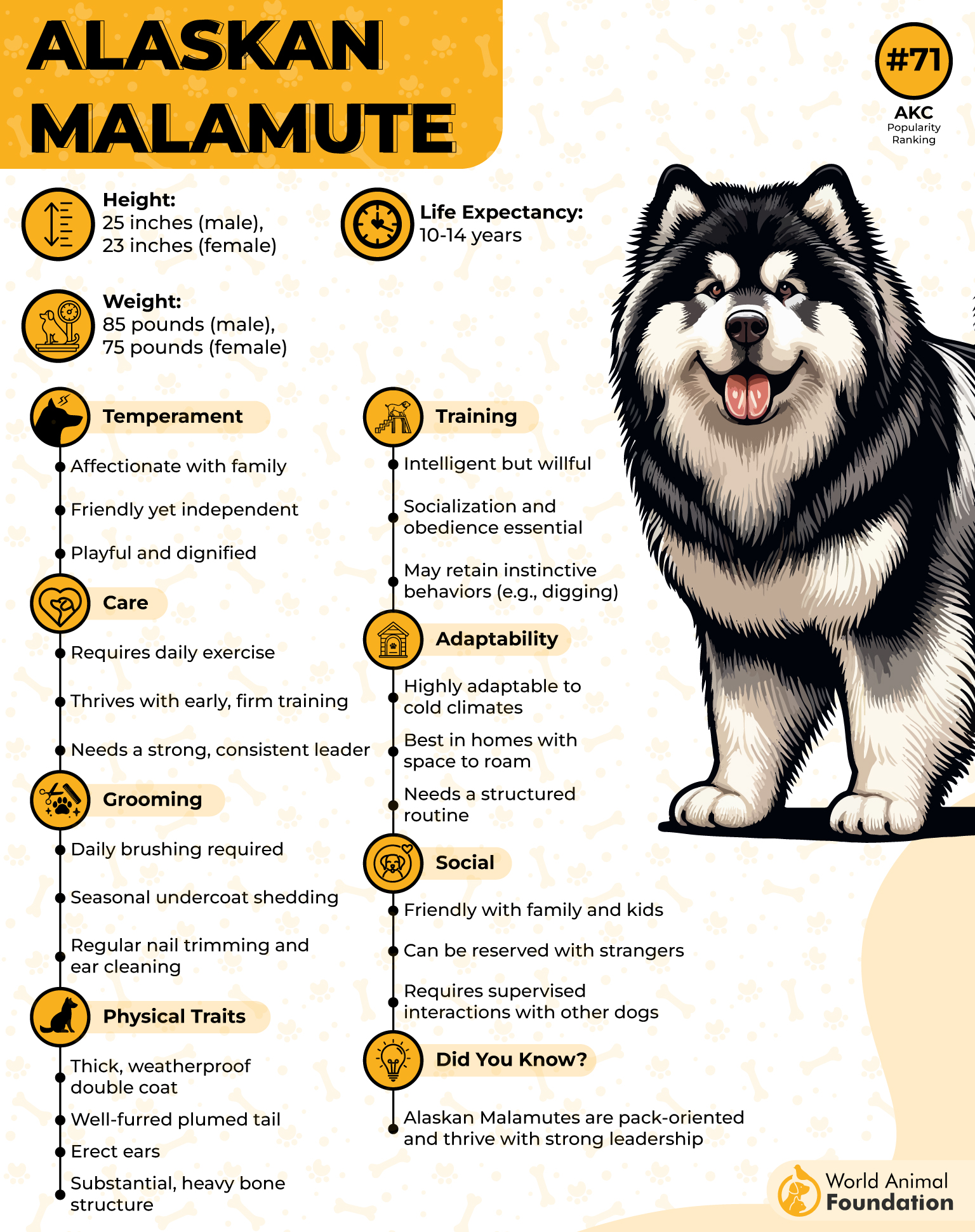
Physically, they are built like furry tanks—dense double coats, powerful legs, and a bite force of around 200-300 PSI. They don’t just chase small prey; they dominate it.
Their pack mentality makes them loyal, but training is tough. Without a strong leader, they tend to challenge authority. Early socialization and a firm but fair hand are musts.
Do you have other pets? Think twice. These dogs with high prey drive see smaller dogs, cats, and rabbits as fair game. A securely fenced yard is non-negotiable.
Purina suggests that they are best suited for experienced owners who can handle their strong recall and tireless energy. Bonus? Their thick fur makes them the ultimate cuddle monster—if you survive training.
2. American English Coonhound
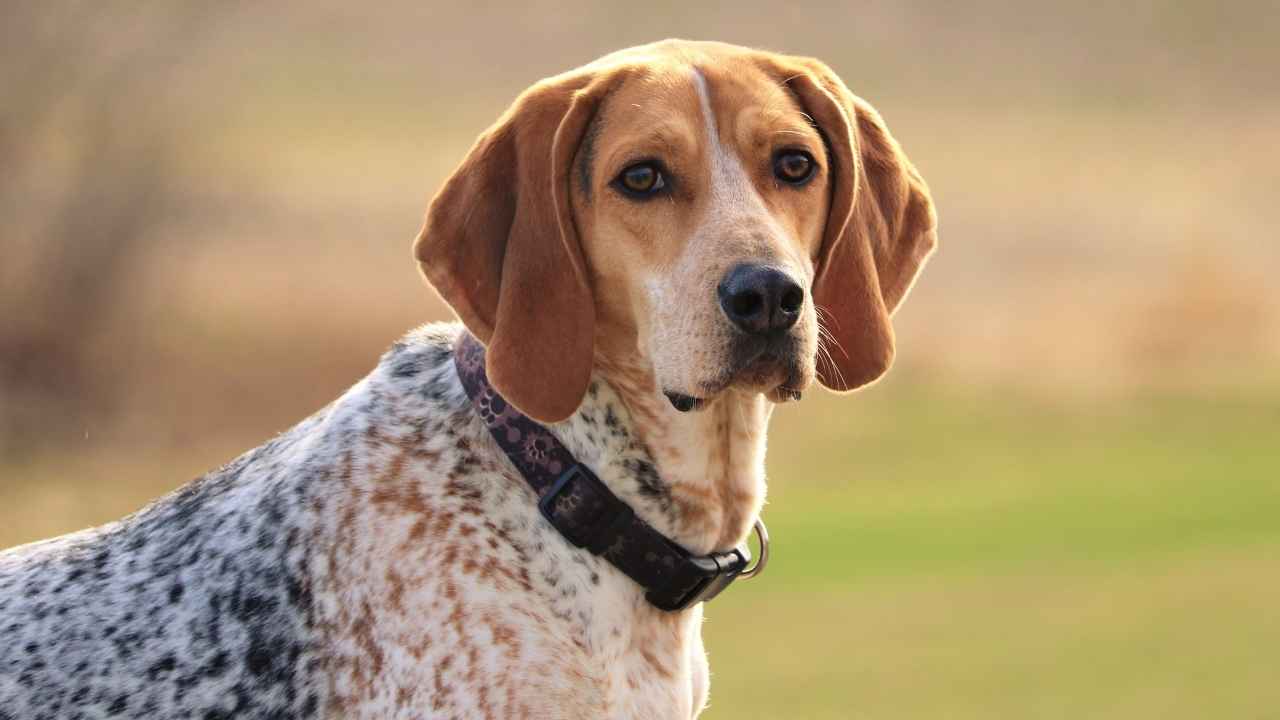
When it comes to hunting and tracking, this breed is unstoppable. Originally bred to track and tree raccoons, these dogs love the thrill of the chase and won’t stop until their target is cornered.
Speed? Over 25 mph. Endurance? Think marathon runner. This breed is not for lazy owners—it needs constant movement, whether that’s hunting, running, or intense training sessions.
According to AKC, training them is a mix of fun and frustration. Their strong instinct to track means once they pick up a scent, everything else fades away—including your commands. A leash and strong recall training are crucial.
Though friendly with humans, their prey drive makes them unpredictable around small animals. A backyard without a high, secure fence is an invitation for them to chase down the nearest squirrel.
Best for hunters, outdoor enthusiasts, and anyone who can match their high energy. If you don’t give them a job, they’ll make one—usually one that involves destroying your yard.
3. Afghan Hound
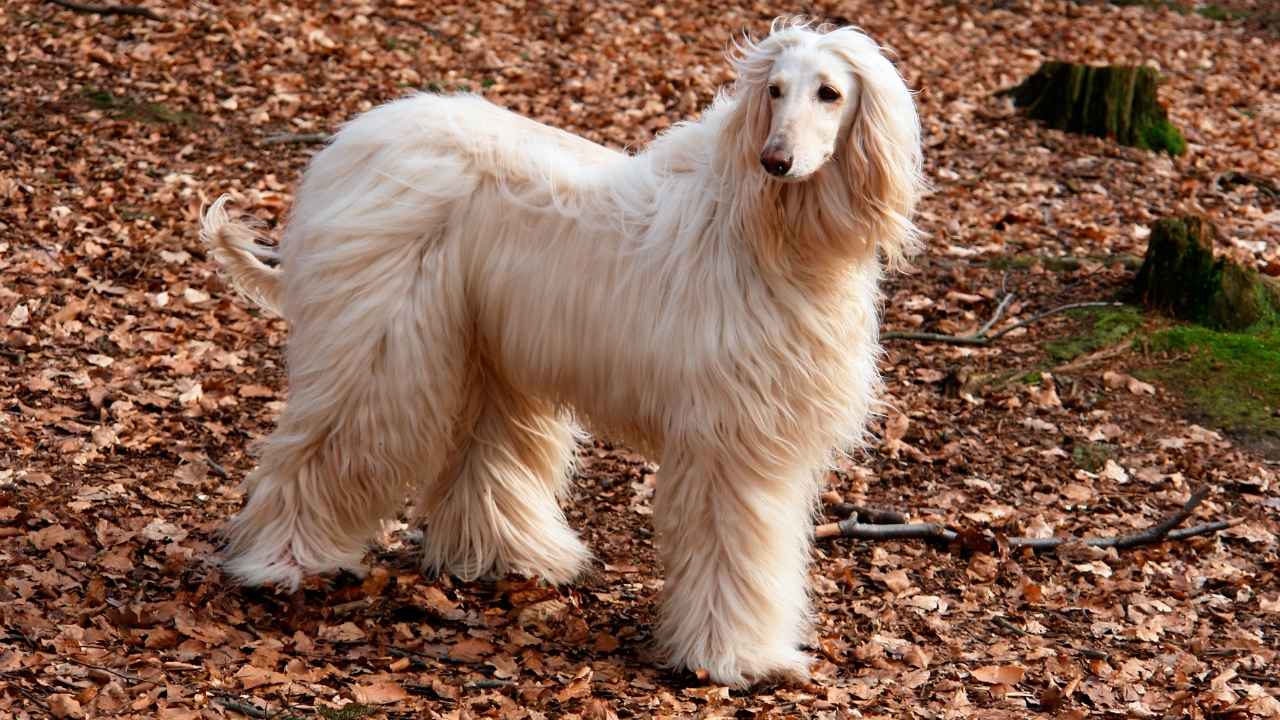
Looks deceive. Underneath that luxurious coat is a true hunter, built for speed and endurance. In their native Afghanistan, these dogs were bred to hunt deer, leopards, and other big game—yes, leopards.
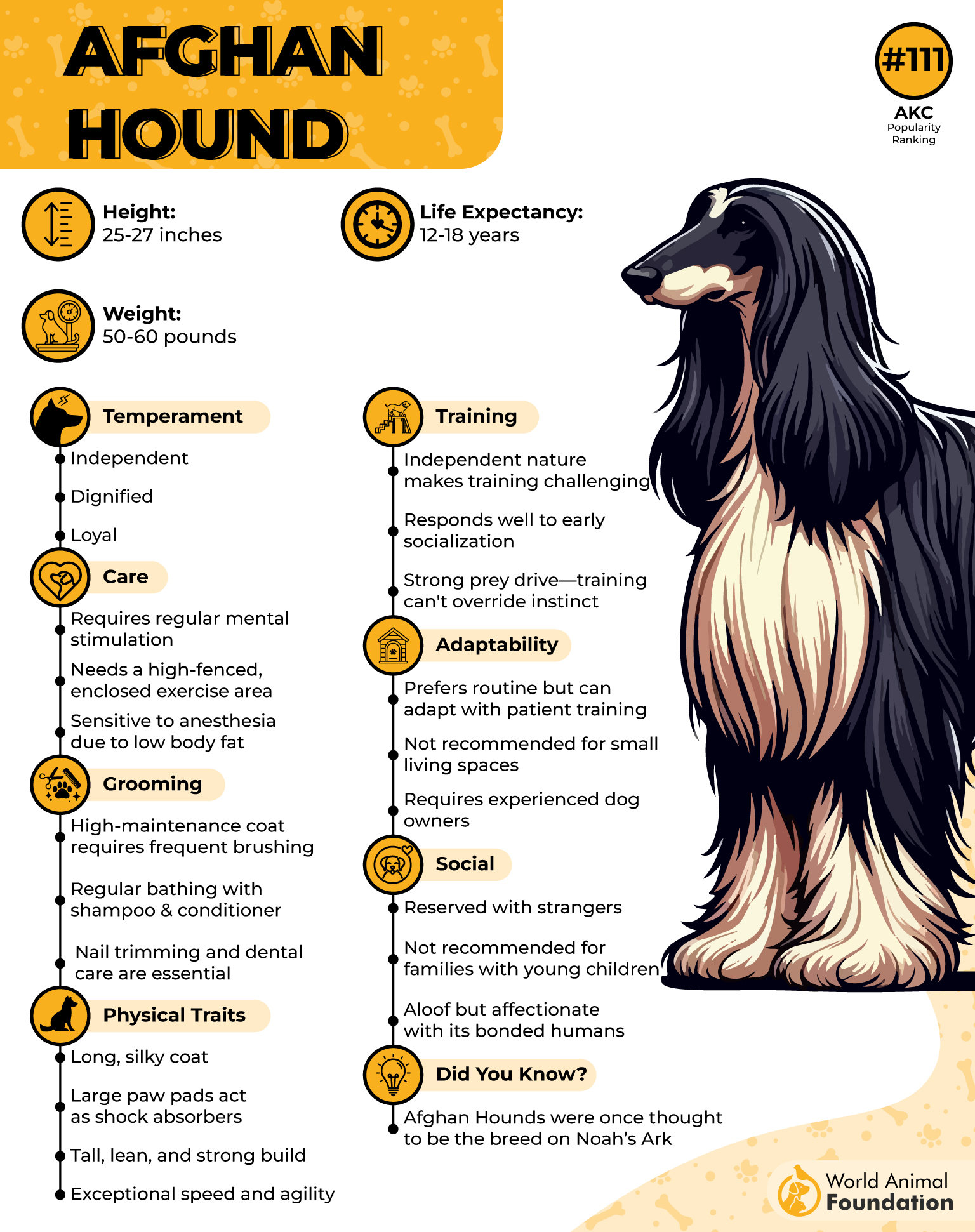
Clocking speeds of up to 40 mph, they outrun most dogs. Their prey drive sequence is locked in: spot prey, chase, catch, kill. Training requires patience, consistency, and an iron will.
Unlike herding breeds, Afghan Hounds don’t care to please. They think for themselves—and if they see a squirrel, your recall command is useless. A securely fenced area is their only leash-free option.
Socializing them from a young age helps, but they tend to ignore commands when prey is in sight. Training must include positive reinforcement—think of high-value treats, toys, and endless patience.
Best suited for owners who love high-maintenance beauty and untamed spirit. Grooming is an art form—expect daily brushing and professional grooming. They’re elegant, but at heart? They’re still hunters.
4. Airedale Terrier
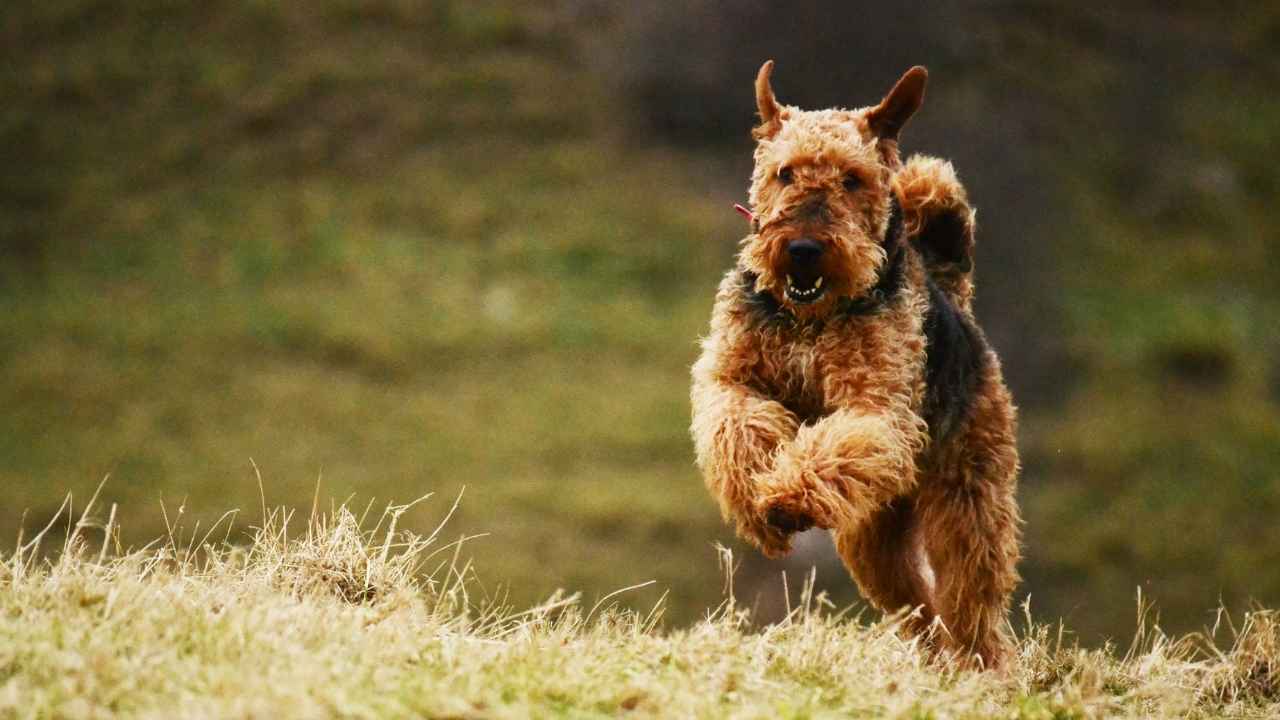
Nicknamed the “King of Terriers”, this breed isn’t here to play. Originally bred to hunt otters and big game, their strong instinct to chase remains just as powerful today.
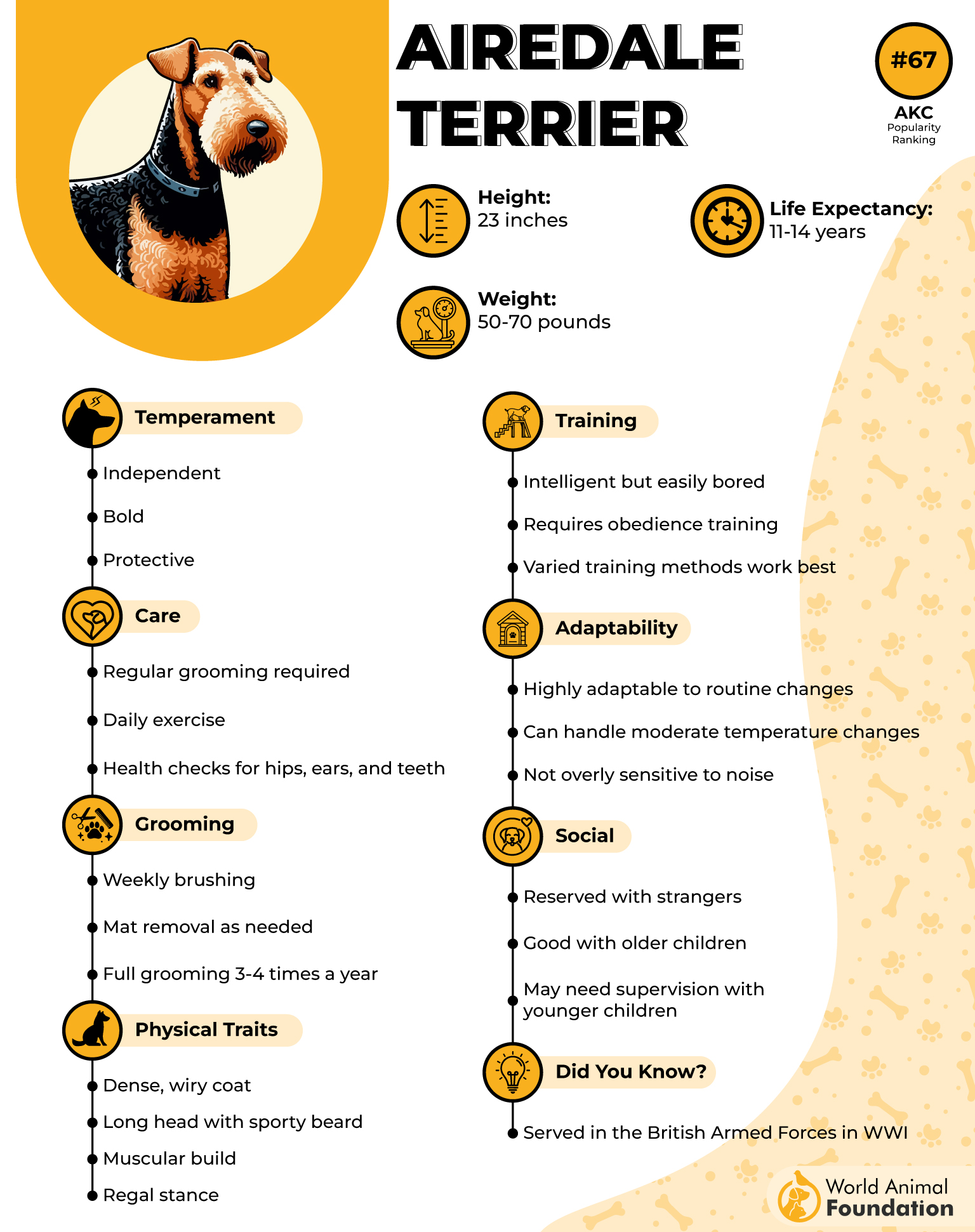
In the terrier group, they’re one of the largest and smartest, with high energy levels and an independent streak. Training them takes strategy, leadership, and a whole lot of persistence.
Unlike many dogs, Airedales don’t just chase—they analyze. They’re problem solvers with a natural instinct to track and hunt. If they don’t get enough mental stimulation, they will entertain themselves—at your expense.
Socialization from a young age is key to preventing issues with other animals. Without proper training, their prey drive makes them a danger to smaller dogs, rabbits, and even cats.
Best for active owners who want a versatile, hardworking, and fearless dog. If you train them right, they’ll protect, play, and never back down from a challenge.
5. American Leopard Hound
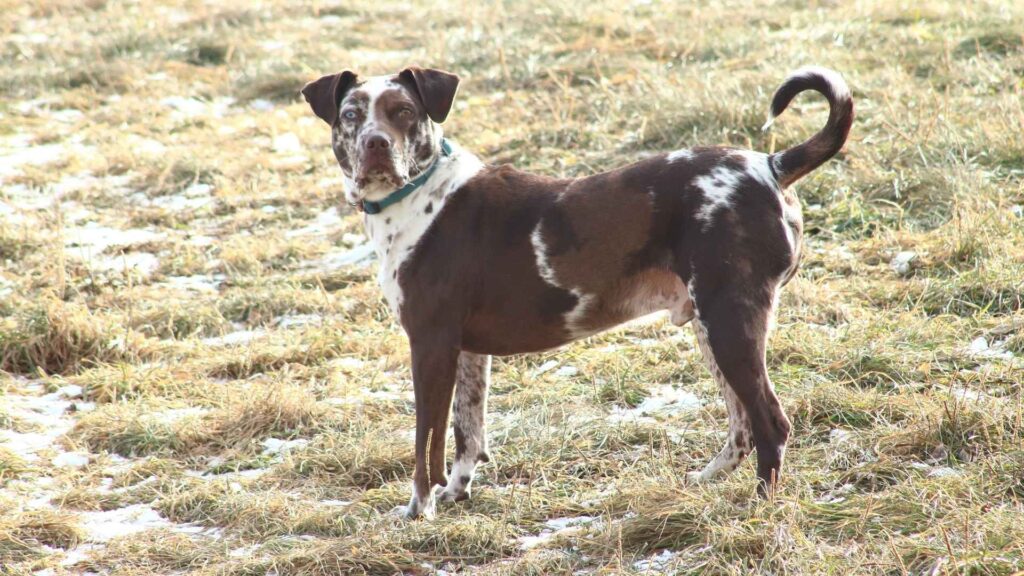
This isn’t just any high prey drive dog—this breed is an apex predator. Developed for hunting big game, they can take down deer, boar, and even bears. That’s raw, untamed power.
CKC reports that their tracking skills are next level—once they pick up a scent, it’s game over. Unlike certain breeds that rely on sight, these hounds are scent-driven, making them relentless on the trail.
Training must focus on control and strong recall. If you don’t teach them early, they’ll become impossible to rein in when prey is near. Securely fenced areas are a must.
Though loyal to their pack (humans included), they don’t always play nice with other dogs—especially those that challenge their dominance. Socializing from a young age is non-negotiable.
Best for hunters, trackers, and experienced handlers who respect their power, speed, and hunting instincts. If you don’t love adventure, this breed isn’t for you.
6. American Water Spaniel
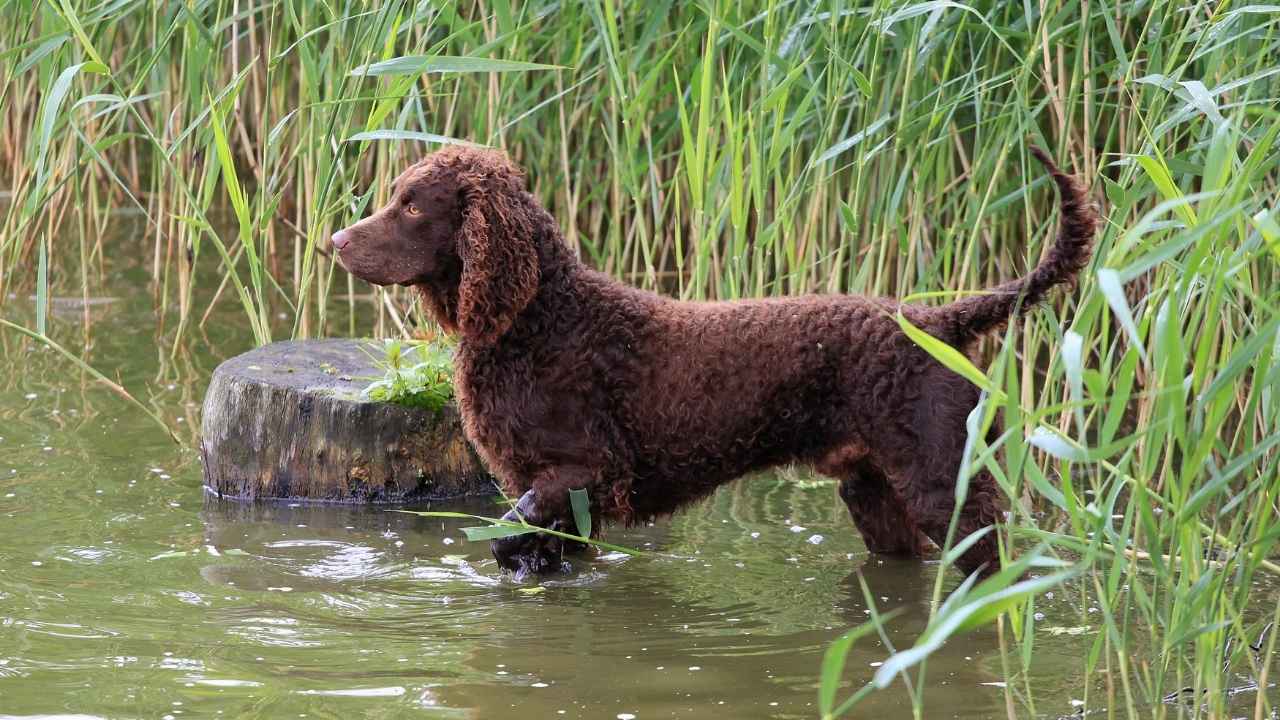
This breed is proof that size doesn’t matter when it comes to a dog’s prey drive. Originally bred for hunting birds and small prey in the marshlands, this dog is a true hunter on both land and water.
Unlike many dogs, this breed has webbed feet, making them natural swimmers. They don’t just retrieve; they stalk, chase, and catch with precision. They thrive in active environments and need regular mental and physical challenges.
Training? Easier than some herding breeds, but only if done right. Positive reinforcement with toys, food, and fun challenges keeps them engaged. Boredom leads to destruction—you’ve been warned.
They get along well with children and other pets, but their high prey drive means unsupervised interactions with smaller animals could go sideways. Early socialization is the best way to keep their instincts in check.
Best suited for hunters, waterfowl enthusiasts, and adventure lovers. Their waterproof coat requires regular brushing, and their high energy levels demand lots of walks, swims, and playtime. If you can’t keep up, they’ll outwork you.
7. American Foxhound
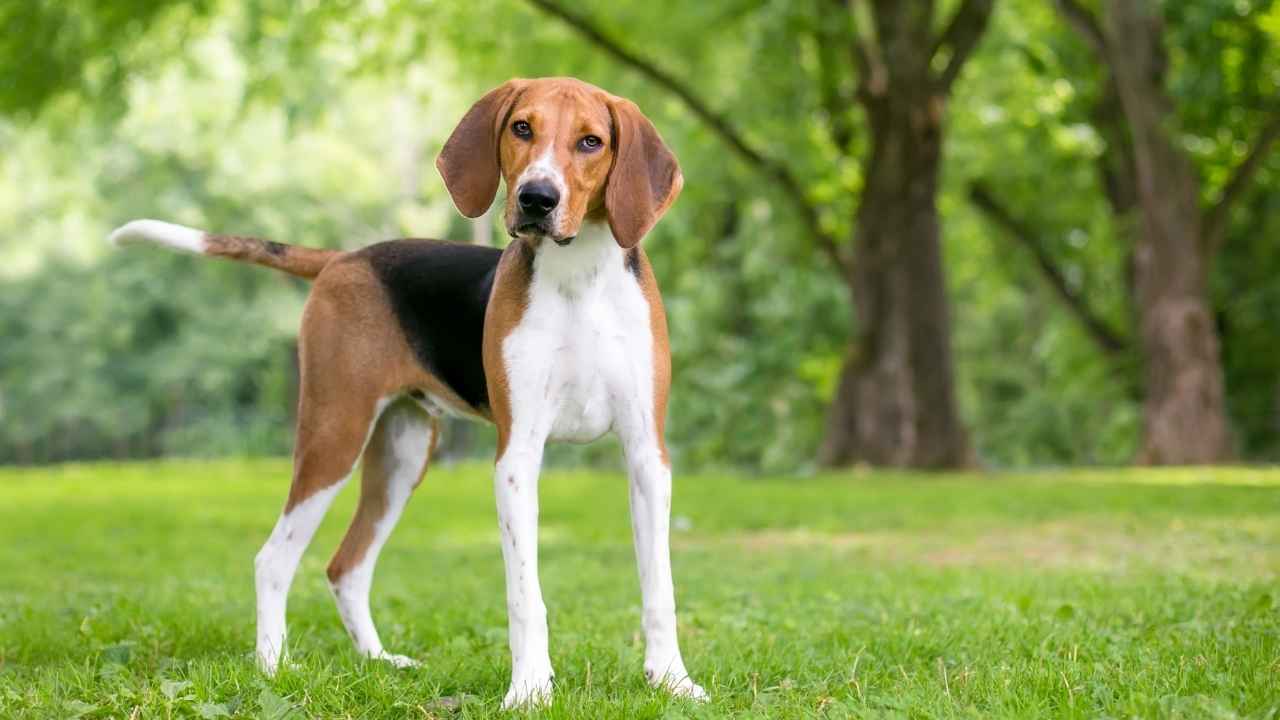
This breed wasn’t made for speed—it was made for long, relentless pursuits. Developed for hunting foxes, it has an unbreakable focus and an energy level that puts border collies to shame.
Unlike different breeds, which rely on power, the American Foxhound is all about the chase. Once it locks onto a scent, stopping it is nearly impossible—leash training is a must.
They’re social and tend to get along with other dogs, but their prey drive sequence means smaller pets could be at risk. Without proper exercise, they’ll turn your yard into a dig site just to stay entertained.
Training can be tricky due to their stubborn, independent nature, but they respond well to threats and firm leadership. If they’re not challenged, they’ll find their fun—usually by escaping.
Best for active owners who love long walks, hikes, and outdoor adventures. Not great for apartment living unless you enjoy constant howling and destruction.
8. Bavarian Mountain Scent Hound
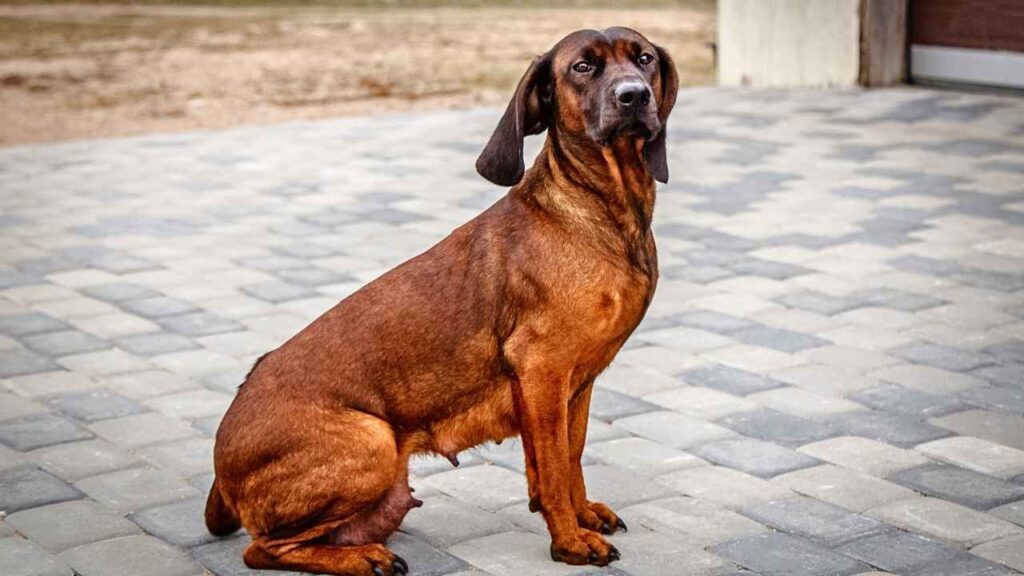
When it comes to tracking wounded animals, this breed is second to none. Originally bred for big game hunting, they specialize in trailing injured deer over rugged mountain terrain.
Unlike most dogs, they don’t just track—they analyze scent trails, separating fresh scents from old ones with unmatched precision. Their strong instinct to hunt and chase makes them a handful for inexperienced owners.
Royal Canine recommends that training needs to start young. These hounds are intelligent but strong-willed. They respond well to reward-based training, but if they catch a scent, even the best-trained hound will ignore commands.
Despite their relentless hunting instinct, they’re surprisingly affectionate with their families. They form strong bonds but tend to be wary of strangers. Their loyal, protective nature makes them excellent guardians.
Best suited for hunters, trackers, and owners with lots of space. Their coat is low-maintenance, but their exercise needs are sky-high. Without a job to do, they’ll create their own—usually involving destruction.
9. Basenji
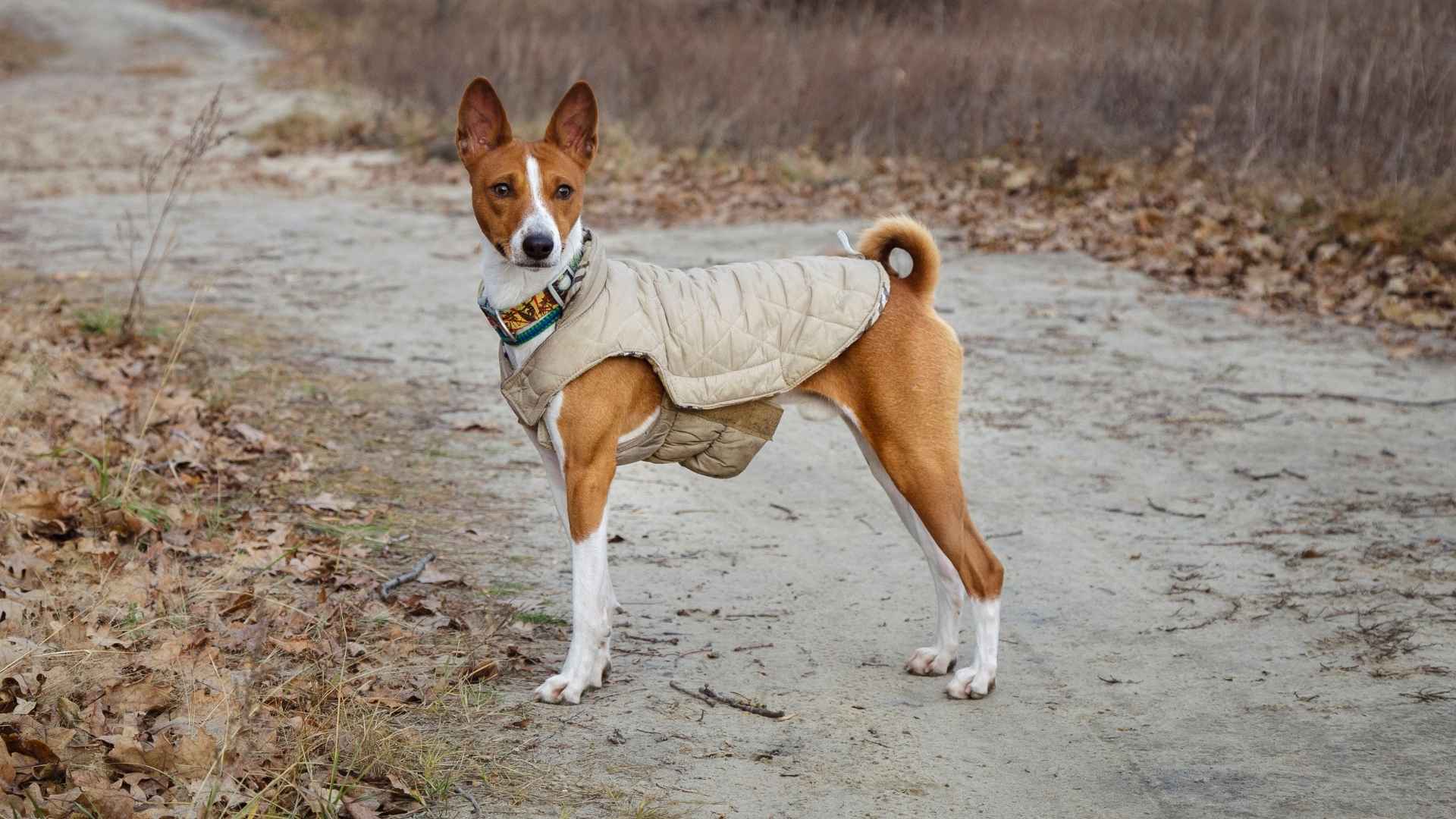
If you think hunting dogs are all about barking, think again. The Basenji is completely barkless—but that doesn’t mean they’re quiet. Their unique yodel-like sound is as eerie as it is fascinating.
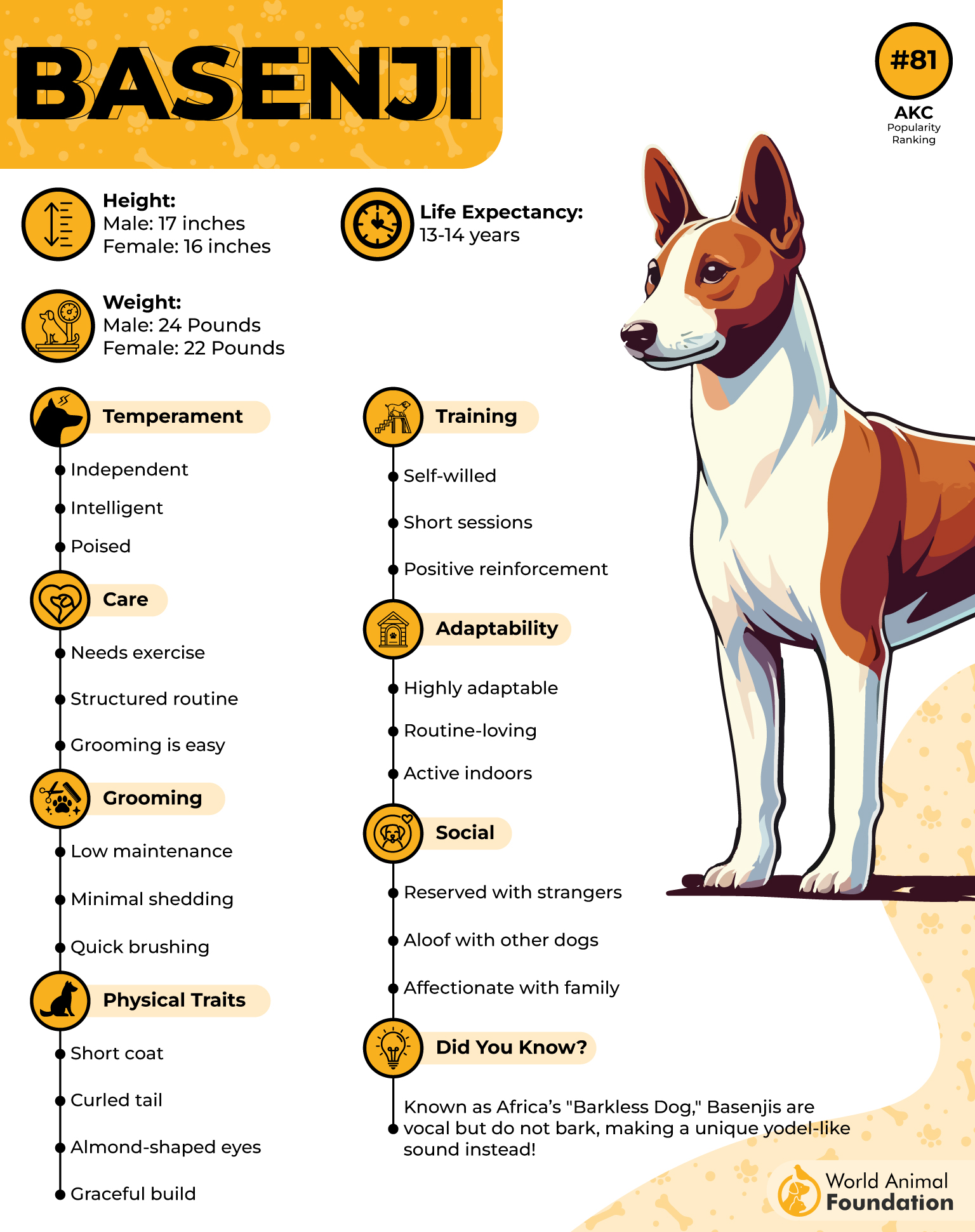
Originally from Africa, they were bred to track and chase small prey through dense forests. They don’t just chase—they stalk, lure, and kill with cat-like agility. Their prey drive is sky-high, and recall training is nearly impossible.
Unlike many dogs, they clean themselves like cats, making them low-maintenance in grooming. But don’t be fooled—they’re escape artists, capable of climbing fences and squeezing through the smallest gaps.
Training them is not for the weak-willed. They think independently, often deciding that commands are optional. Strong leadership, consistent training, and plenty of physical and mental stimulation are required.
Best for experienced dog owners who want a silent but deadly hunter. Small pets? Not safe. A secure yard is mandatory. If you love a challenge, the Basenji will test your patience—but reward you with fierce loyalty.
10. Bedlington Terrier
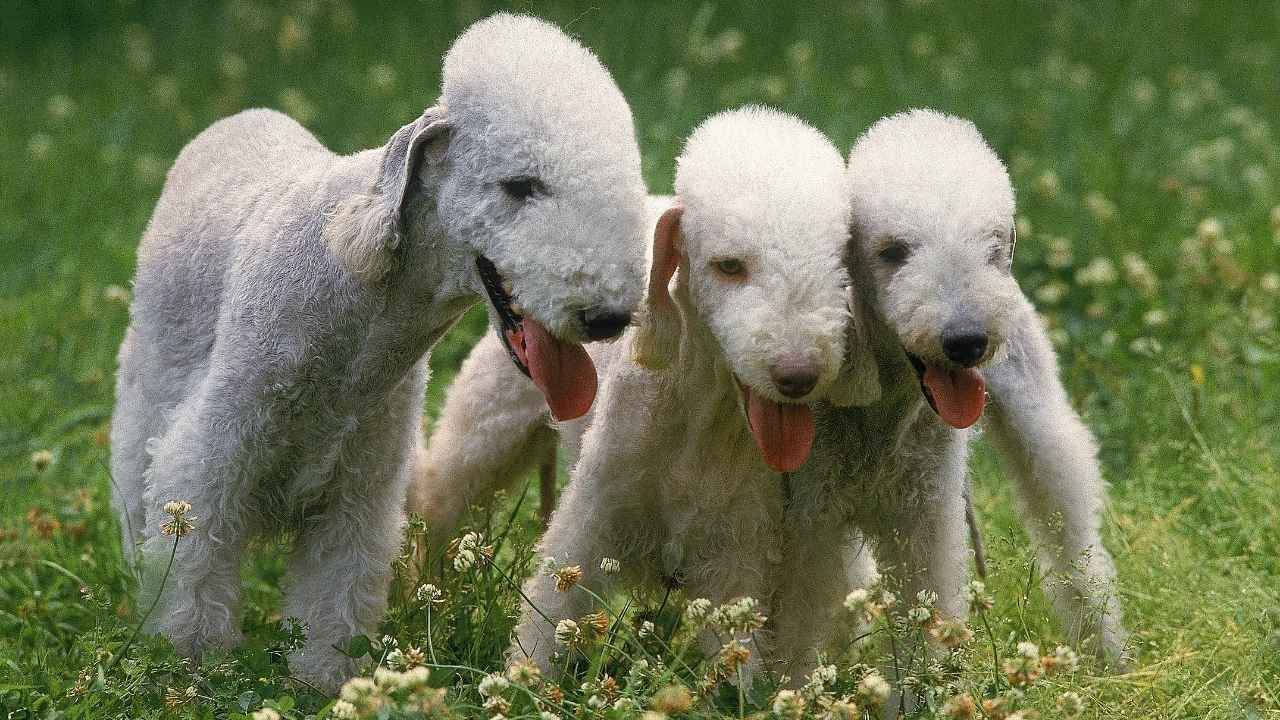
At first glance, you’d think this dog belongs in a grooming salon, not on the hunt. But don’t be fooled—beneath that lamb-like coat is a true hunter with a killer instinct.
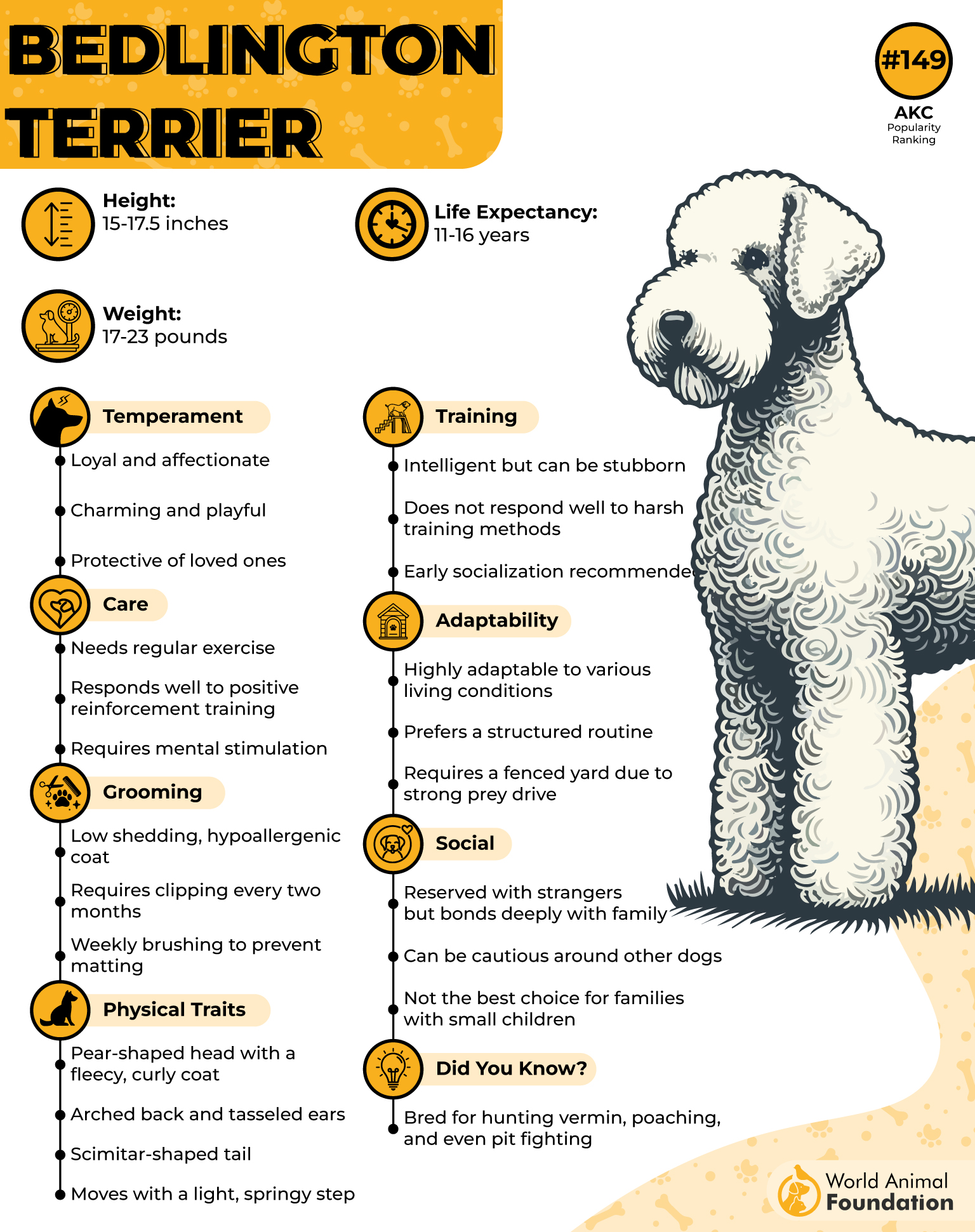
Originally bred to hunt vermin, rabbits, and even larger prey, Bedlington Terriers are part of the terrier group, meaning they were born to chase, catch, and kill. Their prey drive is strong, and their speed? Faster than you’d expect from such a fluffy dog.
Unlike other pets, these terriers don’t always play nice with smaller dogs or cats. Their desire to hunt is hardwired, so socialization from a young age is crucial if you want them to tolerate other animals.
PDSA reveals that training them is easier than some high prey drive dog breeds, thanks to their intelligence, but they need a firm leader and plenty of exercise. Mental stimulation is just as important—otherwise, they’ll make fun, often at your expense.
Best for owners who love a low-shedding, high-energy, fearless dog. Their unique coat needs regular grooming, and they thrive on high-protein food to fuel their high-energy lifestyle. If you want a dog that’s both elegant and lethal, this is it.
Conclusion
These dogs with high prey drive are not for the faint of heart. They need more than just a yard and a leash—they need constant stimulation, leadership, and a clear purpose. Without it, their strong instinct to chase, track, and hunt can turn into destructive behavior.
If you have small pets, be ready for intense training and management. Some breeds, like Jack Russell Terriers, were born to hunt and kill vermin, while others, like English Pointers, were bred to track birds with unwavering focus. Expect challenges if you mix them with cats, rabbits, or smaller dogs.
For hunters and active owners, these breeds are unstoppable companions. Many have histories in police work, search and rescue, or even herding sheep like Doberman Pinscher or Rhodesian Ridgebacks. If properly trained and socialized, they’re loyal, determined, and highly skilled partners.
Generally, each breed is different—some pups are easygoing, while others are stubborn and independent. Understanding prey drive behavior and investing in early training will make or break your experience with them.
🔥 Think you can handle one of these apex hunters? If you’ve got what it takes, the reward is fierce loyalty, unmatched drive, and a dog that never backs down. Let us know in the comments! 🔥


